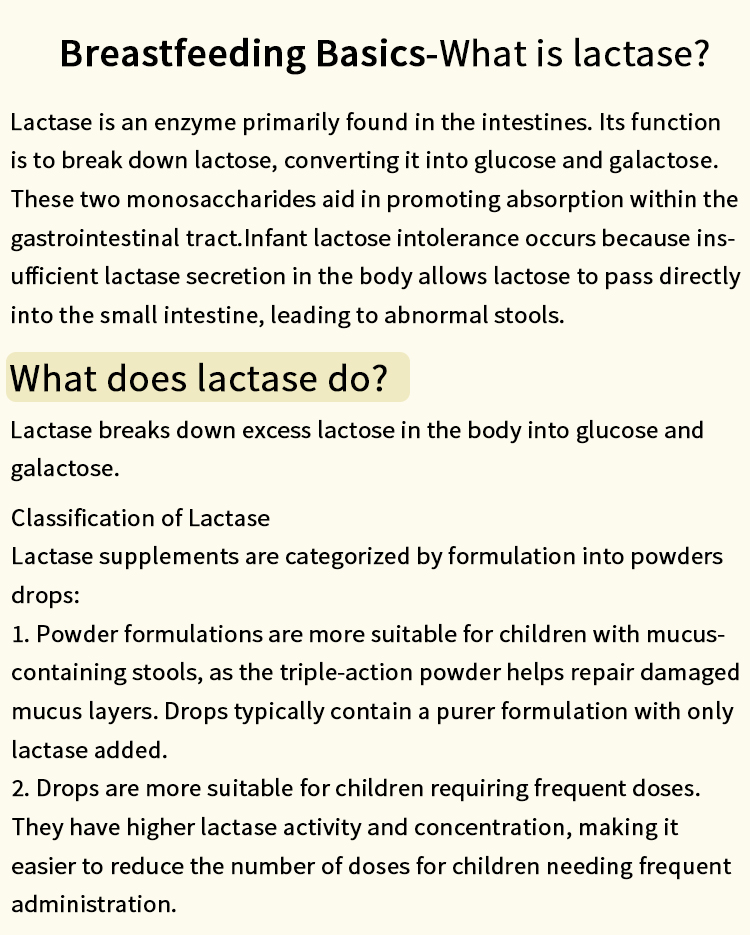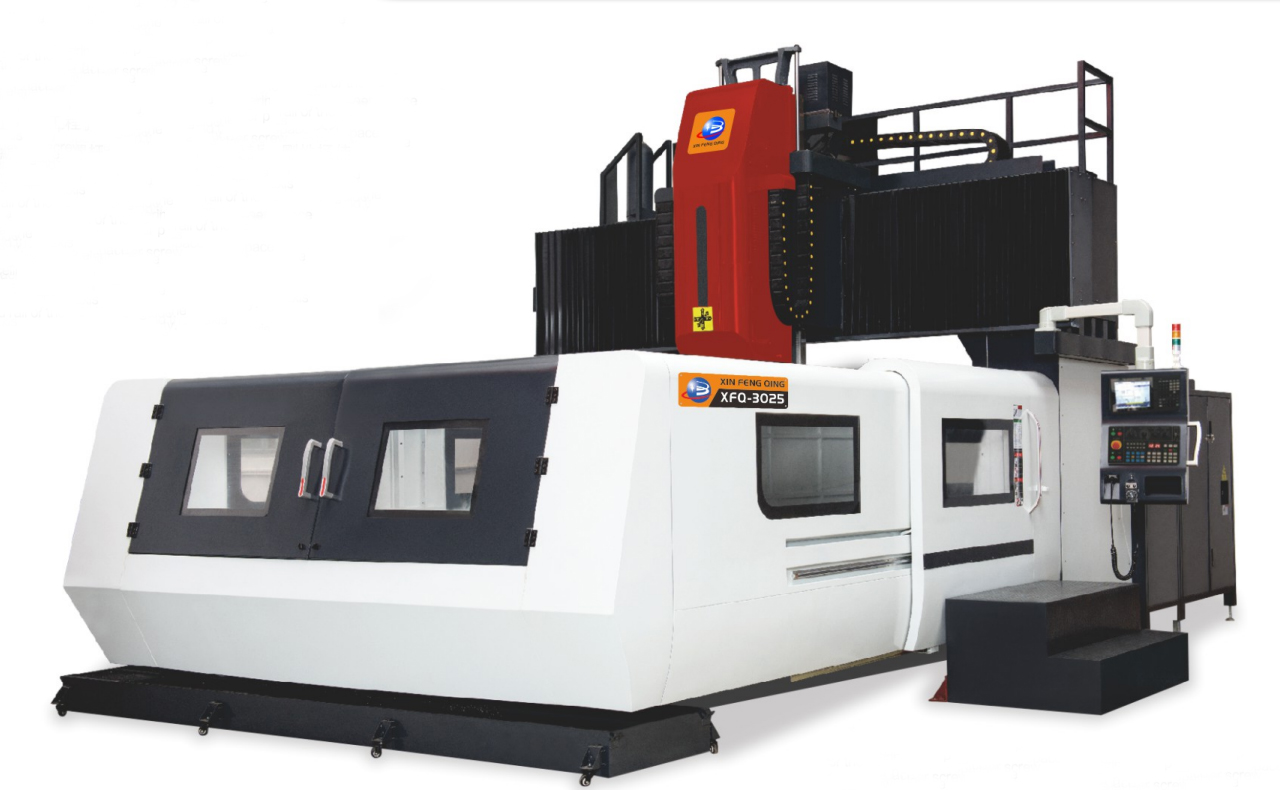In the realm of nutrition and food science, understanding the mineral content of food is paramount. Minerals play a crucial role in various physiological functions, including bone health, metabolic processes, and overall well-being. As consumers become more health-conscious, the demand for accurate mineral testing in food has surged. This article delves into the sophisticated methodologies employed to test for minerals in food, highlighting their importance, the techniques used, and the implications for both consumers and food manufacturers.
The Importance of Mineral Testing in Food
Minerals such as calcium, magnesium, potassium, iron, and zinc are essential for human health. They contribute to numerous bodily functions, including enzyme activity, nerve transmission, and muscle contraction. Deficiencies or excesses of these minerals can lead to serious health issues, making it imperative for both consumers and food producers to understand the mineral composition of their diets.
For food manufacturers, accurate mineral testing is not just a regulatory requirement; it also affects product labeling, quality control, and consumer trust. As such, employing reliable testing methods is critical for ensuring that food products meet nutritional claims and safety standards.
Common Methods for Testing Minerals in Food
- Atomic Absorption Spectroscopy (AAS) Atomic Absorption Spectroscopy is one of the most widely used techniques for determining the concentration of specific minerals in food samples. This method involves the vaporization of a sample and the absorption of light by free atoms. Each mineral absorbs light at a characteristic wavelength, allowing for precise quantification. AAS is particularly effective for detecting metals such as lead, cadmium, and iron.
- Inductively Coupled Plasma Mass Spectrometry (ICP-MS) ICP-MS is a highly sensitive technique that can detect trace levels of minerals in food. It involves ionizing the sample with inductively coupled plasma and then measuring the mass-to-charge ratio of the ions produced. This method is capable of analyzing multiple elements simultaneously, making it ideal for comprehensive mineral profiling. ICP-MS is particularly useful for detecting heavy metals and other trace elements.
- X-Ray Fluorescence (XRF) X-Ray Fluorescence is a non-destructive analytical technique that can quickly determine the elemental composition of food samples. When a sample is irradiated with X-rays, it emits secondary (or fluorescent) X-rays that are characteristic of the elements present. XRF is advantageous for its speed and ability to analyze solid and liquid samples without extensive preparation.
- Titration Methods Titration is a classical analytical technique that can be employed for certain minerals, particularly those that can form complexes with specific reagents. For example, the determination of calcium content can be achieved through complexometric titration using EDTA. While titration methods may not be as sensitive as spectroscopic techniques, they are valuable for routine analysis and educational purposes.
- Colorimetric Methods Colorimetric assays involve the formation of colored complexes between minerals and specific reagents, which can be quantified using spectrophotometry. This method is often used for minerals like phosphorus and iron. Although colorimetric methods are generally less sensitive than AAS or ICP-MS, they are cost-effective and straightforward, making them suitable for many laboratories.
Sample Preparation: A Critical Step
Regardless of the analytical method chosen, sample preparation is a critical step in mineral testing. Food samples often contain complex matrices that can interfere with the analysis. Proper preparation techniques, such as drying, grinding, and digestion, are essential to ensure accurate results. For instance, acid digestion is commonly used to break down organic matrices and release bound minerals for analysis.
Implications for Consumers and Food Manufacturers
For consumers, understanding the mineral content of food can guide healthier dietary choices and help prevent deficiencies. With the rise of health-conscious consumers, food manufacturers are increasingly investing in mineral testing to ensure their products meet nutritional claims and regulatory standards. Transparency in labeling and the provision of accurate mineral content information can enhance consumer trust and brand loyalty.
Conclusion
Testing for minerals in food is a complex yet vital process that employs a variety of advanced analytical techniques. From Atomic Absorption Spectroscopy to Inductively Coupled Plasma Mass Spectrometry, each method offers unique advantages and applications. As the demand for transparency and quality in food products continues to grow, the importance of accurate mineral testing will only increase. By leveraging these sophisticated techniques, both consumers and manufacturers can ensure that the nutritional integrity of food is maintained, ultimately contributing to better health outcomes.





+ There are no comments
Add yours